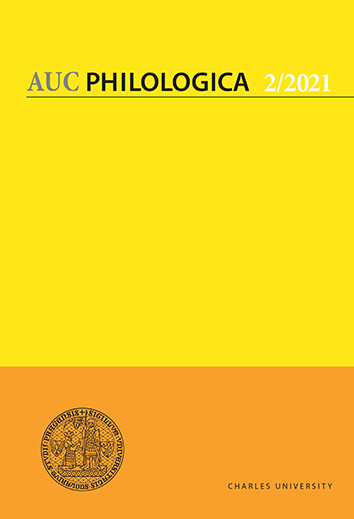Dištančná výučba tlumočníckych predmetov počas dvoch semestrov z pohľadu študentov
Distance Teaching of Interpreting Subjects During Two Semesters from the Student's Perspective
Author(s): Miroslava MelicherčíkováSubject(s): Language and Literature Studies
Published by: Univerzita Karlova v Praze, Nakladatelství Karolinum
Keywords: distance interpreting training; traditional interpreting training; questionnaire; students of translation and interpreting
Summary/Abstract: The current emergency caused by the coronavirus (COVID-19) pandemic has necessitated distance interpreting training. This paper presents data collected from two online questionnaires distributed among students of translation and interpreting at the Department of English and American Studies, Faculty of Arts at Matej Bel University in Banská Bystrica, Slovakia. The first online questionnaire (May–June 2020) was filled in by 26 respondents who completed 10 weeks of distance interpreting training in the summer semester of the 2019/2020 academic year. The second, identically structured, online questionnaire (December 2020–January 2021) was filled in by 36 respondents who completed distance interpreting training (10 weeks) at the same department in the winter semester of the 2020/2021 academic year. The paper also presents data on three interpreting teachers, which come from an e-mail survey and map the level of their ability to work with technology, their time availability, experience with online interpreting, or changes in approach and methods during distance interpreting training. The paper focuses on several aspects of distance interpreting training from students’ point of view, such as the form of interpreting training; frequency and regularity of tasks; time preparation; form, frequency, and contribution of the feedback; ideal training model; pros and cons of distance vs. traditional training; recommendations for its improvement. It tries to determine whether distance interpreting training can compete with traditional training from students’ point of view. Based on the questionnaire findings, recommendations for streamlining such training in the future are presented.
Journal: Acta Universitatis Carolinae Philologica
- Issue Year: 2021
- Issue No: 2
- Page Range: 151-170
- Page Count: 20
- Language: Slovak

